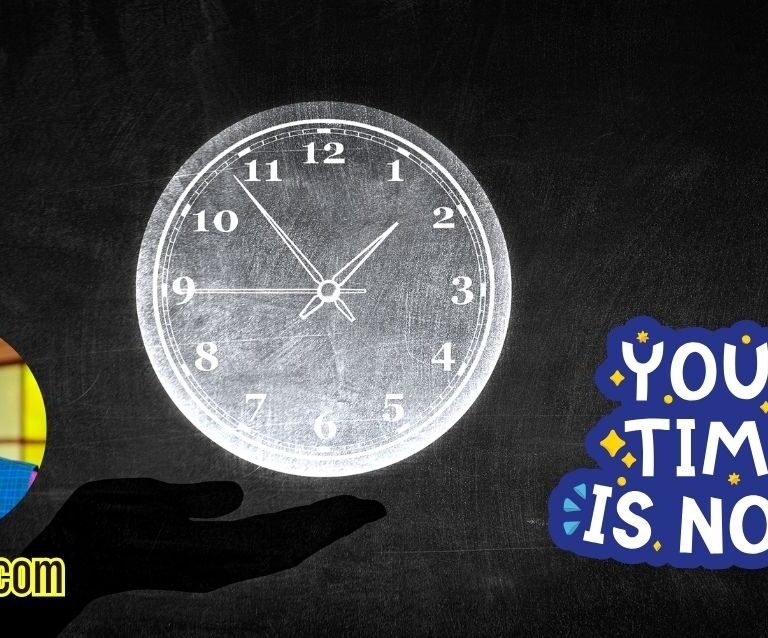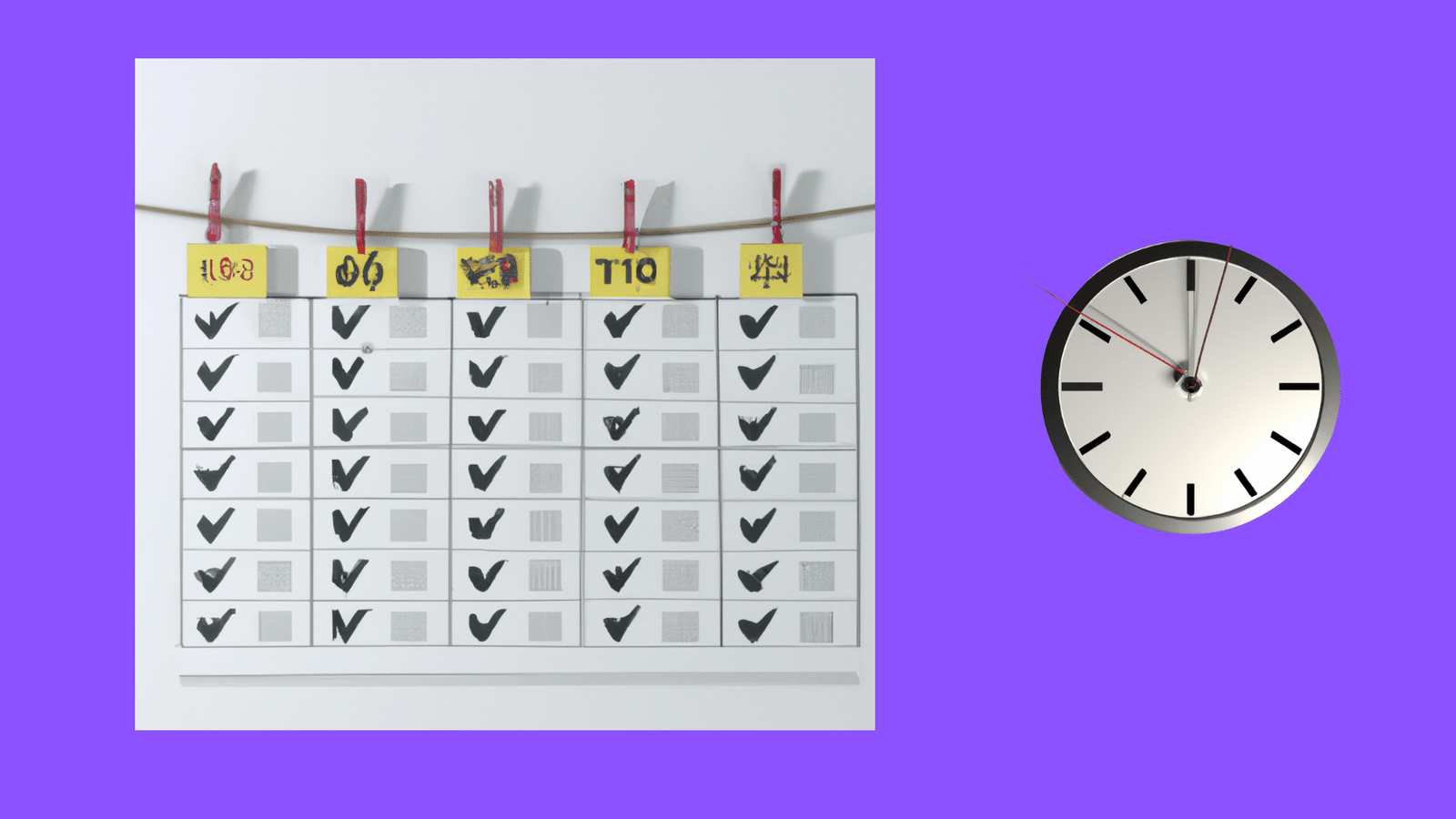The Burden of the Past
The past can be a formidable presence in an individual’s life, often serving as a heavy burden that affects one’s present and future. Experiences, traumas, and regrets from earlier times can create a persistent influence, shaping perceptions, behaviors, and emotional well-being. Psychologically, holding onto negative experiences can lead to a range of mental health issues, such as anxiety and depression. Individuals may find themselves trapped in a cycle of self-doubt, questioning their worth based on past events that they have little power to change.
Moreover, the process of letting go can be complicated by various factors, one of which is attachment. People often form an emotional connection to their past, making it challenging to sever these ties. This attachment can stem from a desire to protect oneself from future pain, leading to avoidance behaviors and an inability to move forward. As individuals cling to past identities, they may unconsciously allow these memories to dictate their current choices and relationships, creating a cycle of negativity. The pervasive nature of these burdens can also result in a distorted self-image, where individuals measure their current self-worth against their past mistakes.
Consequently, it becomes essential to acknowledge how these past experiences can mold our behaviors and how prevalent regret can thwart personal growth. The reluctance to let go of the past is often steeped not only in fear of the unknown but also in a misguided sense of loyalty to past experiences. Recognizing that these burdens do not define who you are can be pivotal in breaking free from their hold. Ultimately, understanding the psychological and emotional implications of clinging to past experiences is the first step toward liberation, fostering a path to healing and renewal.
The Importance of Acceptance
Acceptance plays a pivotal role in the journey of letting go of one’s past. It serves as the cornerstone upon which healing is built, allowing individuals to engage with their emotions and experiences without the burdens of self-judgment. Acknowledging the past does not equate to endorsing it; instead, acceptance involves recognizing and validating one’s feelings surrounding past events. This process could facilitate a deeper understanding of oneself and create a space for emotional exploration.
It is essential to distinguish acceptance from resignation. Acceptance is an active, conscious choice to confront the reality of one’s past, while resignation implies a passive surrender to circumstances. When individuals accept their past, they embrace it as part of their journey, opening paths to growth and development. This conscious acknowledgment enables individuals to let go of the emotional weight tied to their experiences, rather than allowing those experiences to continue dictating their present circumstances.
Furthermore, acceptance encourages emotional honesty, fostering a more authentic relationship with oneself. By acknowledging past experiences and their associated emotions, individuals can better articulate their needs and aspirations moving forward. This self-awareness can lead to healthier relationships with others, as recognizing one’s own feelings often prompts a greater compassion for the feelings of those around them. Ultimately, acceptance empowers individuals to reclaim their narratives and transform their past struggles into sources of strength.
In the face of trauma or disappointment, acceptance can be a pathway to resilience. Through this lens, individuals can view their past not merely as a series of events to be endured but as integral components that shape their character and values. By embracing acceptance, individuals catalyze their healing journey, taking definitive steps toward emotional well-being and empowerment.
Identifying What Holds You Back
Understanding the emotions, beliefs, or memories that impede personal growth requires a deliberate process of self-reflection. It is essential to create a safe and nurturing environment where one can explore these feelings without judgment. One effective method for this exploration is journaling. By consistently writing about daily experiences, thoughts, and feelings, individuals can uncover patterns or recurring themes that suggest underlying issues. Journaling also provides a historical record of one’s emotional landscape, allowing for the identification of triggers or events that lead to feelings of stagnation.
In addition to journaling, mindfulness practices can significantly aid in recognizing constraining beliefs. Mindfulness encourages living in the present moment and fosters an awareness of thoughts and emotions as they arise. Techniques such as meditation, deep breathing exercises, or simply engaging in mindful observation can help individuals detach from negative self-talk and gain insights into what barriers they face. This reflective process can illuminate how past experiences—be it failures, rejections, or even past relationships—continue to echo in current circumstances.
For instance, an individual may discover that a previous failure in their professional life is affecting their confidence to pursue new opportunities. Similarly, past relationships may leave lingering insecurities that hinder the ability to form new connections. Recognizing these influences is the first step towards making meaningful changes. It is vital to approach this process with compassion and understanding, as letting go of painful memories can be difficult yet liberating. Engaging in dialogue with trusted friends or mental health professionals can also provide additional perspective and assistance in navigating these complex emotions.
Overall, identifying what holds you back is a crucial step in the journey of personal growth. Through consistent self-reflection practices like journaling and mindfulness, individuals can gain clarity on their mental and emotional barriers. This newfound awareness can empower them to release these constraints and move forward with renewed purpose.
Techniques for Releasing the Past
Releasing what holds us back from experiencing a fulfilling life is often a challenging yet transformative journey. Various techniques can assist individuals in navigating this process, enabling them to let go of past attachments effectively. One prominent method is engaging in forgiveness exercises. Forgiveness is not merely for the benefit of the one who has wronged us but serves as a means of liberation for ourselves. By articulating feelings through writing or guided visualizations, individuals can embody a sense of closure, paving the way for emotional healing.
Another effective strategy involves practicing gratitude. This practice encourages individuals to acknowledge and appreciate the positives in their lives, no matter how small. By focusing on gratitude, one can shift attention away from past grievances toward present joys. Maintaining a gratitude journal where individuals list daily points of gratitude can create a tangible reminder of the goodness that exists now, effectively overshadowing past wounds.
Relaxation techniques are equally essential in the pursuit of letting go. Mindfulness meditation enables individuals to become aware of their thoughts and feelings without judgment. This practice fosters acceptance of emotions tied to the past, allowing for their gradual release. Furthermore, incorporating breathing exercises can calm the mind and ground the individual, making it easier to confront lingering thoughts and feelings peacefully.
Physical activities also play a critical role in the journey of releasing the past. Engaging in yoga or other forms of exercise can facilitate the release of pent-up emotions through physical movement. The combination of body awareness and exercise enhances emotional resilience, helping individuals to not only cope with past experiences but also to thrive moving forward.
By exploring these therapy-based approaches, relaxation methods, and physical activities, individuals can find the techniques that resonate most with their personal healing journey. Each strategy offers a practical pathway to release the burdens of the past, fostering a healthier mindset and enhancing overall well-being.
Cultivating a Forward-Thinking Mindset
To cultivate a positive and forward-thinking mindset, it is essential to adopt practices that emphasize intention, goal setting, and mindfulness. These components not only enhance motivation but also foster resilience in the face of challenges. A forward-thinking outlook encourages individuals to shift their focus from past experiences and limitations to future possibilities and opportunities.
Setting intentions is a vital first step in this process. By defining what one aims to achieve, individuals can create a clear path toward their future aspirations. This deliberate act helps to channel energy and focus into actions that align with personal values and long-term goals. When intentions are clear, individuals are better equipped to make decisions that propel them forward, rather than leaving them stuck in a cycle of reminiscence.
Establishing specific goals is equally important for nurturing a forward-thinking mindset. SMART goals – those that are Specific, Measurable, Achievable, Relevant, and Time-bound – provide a structured framework for individuals to track progress and celebrate small victories along the way. This goal-oriented approach serves as a constant reminder of one’s aspirations, providing motivation to navigate obstacles encountered on the journey. Furthermore, the act of actively working toward goals reinforces a sense of purpose, enhancing overall satisfaction and well-being.
Focusing on the present moment is another crucial element of maintaining a forward-thinking perspective. Mindfulness practices, such as meditation and deep breathing, can help individuals ground themselves in the current experience, reducing the tendency to dwell on past mistakes or anxieties regarding the future. Developing an awareness of one’s thoughts and feelings in the present can clarify the path ahead and open opportunities that might otherwise be overlooked.
By building a clear vision for the future, individuals can cultivate resilience, foster motivation, and ultimately release the past. Engaging in these practices will help create a mindset that champions growth and exploration, leading to a more fulfilled life.
The Role of Support Systems
Support systems play a crucial role in the journey of letting go of past experiences that may hinder personal growth. Engaging with friends and family can provide emotional stability and reassurance during this transformative process. These interpersonal connections often create a safe space for individuals to openly discuss their feelings and experiences. Friends and family can offer sympathy, encouragement, and sometimes a fresh perspective that aids in understanding the necessity of moving forward.
In addition to close personal relationships, professional help from therapists or counselors can be invaluable. Therapists are equipped with the tools and expertise necessary to help individuals navigate their emotions effectively. They can facilitate deeper insights into personal challenges and provide strategies to cope with the complexities of letting go. This professional guidance can empower individuals to confront their feelings and understand the underlying issues that contribute to their struggles.
Support groups also present a unique opportunity to connect with others who share similar experiences. These groups foster collective healing, allowing individuals to share their stories, learn from others, and gain comfort in knowing they are not alone in their journey. The shared experience within such groups can be incredibly validating, offering a sense of unity and understanding that often fosters resilience.
It is important to actively seek out these support systems when working on letting go. Surrounding oneself with positive influences that promote growth is vital. Individuals should be intentional in choosing relationships and support that uplift and inspire them towards a healthier mindset. The essence of progress often lies in the encouragement drawn from those who are committed to helping foster personal development and healing. In essence, the role of support systems cannot be understated; they are integral to the process of releasing what holds one back and embracing a brighter future.
Personal Stories of Transformation
Throughout history, individuals have faced overwhelming challenges, yet many have emerged stronger by letting go of their pasts. These personal stories of transformation serve as testaments to the resilience of the human spirit, illustrating how releasing burdens can lead to profound change and new beginnings. One such story is that of Sarah, a successful entrepreneur who battled significant trauma in her youth. Growing up in a tumultuous environment, filled with emotional abuse, Sarah struggled for years to find her footing. However, through therapy and support from loved ones, she began the difficult process of forgiving those who had hurt her. Letting go of this pain allowed her to channel her experiences into her business, focusing on empowering others who faced similar hardships.
Another inspiring example is that of Marcus, who once found himself trapped in a cycle of addiction and self-doubt. His past was filled with regrets, and the weight of his history made it hard for him to envision a brighter future. After reaching a turning point, Marcus sought help from a rehabilitation program and embraced a lifestyle of recovery. By confronting his past and understanding how it shaped him, Marcus discovered the strength to transform his narratives into stories of hope and resilience. Today, he shares his journey with others, using his experiences to inspire change and foster a community of support.
These narratives demonstrate that personal growth often emerges from the ashes of hardship. Whether through professional endeavors or community involvement, those who have overcome their pasts have not only transformed their lives but have also become beacons of hope for others. By sharing their stories, they encourage us to recognize that letting go is not merely an act of resignation but a powerful step toward reclaiming our identities and creating the future we desire.
The Continuous Journey of Letting Go
Letting go of past experiences can often be misconstrued as a singular event, yet it is, in fact, a continuous journey that involves constant reflection and self-evaluation. Each individual’s path to healing is unique, and the cyclical nature of this process emphasizes that there will be moments of progress intertwined with periods of regression. Acknowledging this dynamic can empower individuals to approach their journey with patience and resilience.
As one navigates the complexities of releasing what holds them back, it is crucial to remain compassionate towards oneself during unavoidable setbacks. Self-kindness encourages individuals to embrace their imperfections and view challenges as opportunities for growth rather than as failures. This positive mindset fosters resilience, enabling individuals to bounce back from difficulties and stay committed to their healing journey. Each step taken, whether forward or backward, contributes to an individual’s overall development.
To maintain progress over time, individuals can adopt several strategies that reinforce their commitment to letting go. Engaging in regular self-assessment can help identify areas of struggle and provide insights into emotional patterns that require attention. Mindfulness practices, such as meditation or journaling, create a dedicated space for self-reflection, allowing individuals to process their emotions thoughtfully. Additionally, setting realistic goals can help maintain focus and motivation as they navigate through the complexities of their feelings.
Building a support system, whether through friends, family, or professional guidance, can also play an instrumental role in the journey of letting go. Surrounding oneself with understanding individuals fosters an environment in which vulnerability is welcomed and healing is nurtured. Ultimately, embracing the ongoing nature of this journey, with its inherent ups and downs, paves the way for profound personal transformation and emotional liberation.
The Future
As we reflect on the journey of letting go of the past, it becomes clear that the act of releasing what holds us back is not merely a choice; it is a vital step toward personal growth and transformation. Throughout this discussion, we have explored the various elements that contribute to our attachment to the past, including unresolved emotions, limiting beliefs, and the weight of regrets. Acknowledging these factors is the first step in understanding how they may inhibit our ability to embrace future opportunities.
Additionally, the importance of self-compassion in this process cannot be overlooked. Understanding that it is perfectly normal to have these feelings and that everyone carries their burdens allows us to approach our own healing with gentleness and patience. By practicing self-compassion, we cultivate an environment in which it becomes easier to let go, thereby freeing ourselves from the emotional and psychological shackles that hinder our progress.
Furthermore, embracing the future is about recognizing the potential that lies ahead. Each moment of release creates space for new experiences and growth. This means viewing the future not with fear or trepidation but as a realm filled with possibilities. It is essential to create a mindset geared towards positivity, as this perspective empowers us to approach life’s challenges with resilience and optimism.
In conclusion, the journey of letting go is deeply personal and transformative. It requires conscious effort and a willingness to step into the unknown. As you navigate this path, remember the importance of resilience and the power of self-belief. Embrace the fullness of your potential and take actionable steps towards your own transformation. Begin today, as every small step contributes to the larger journey of embracing a bright and fulfilling future.









